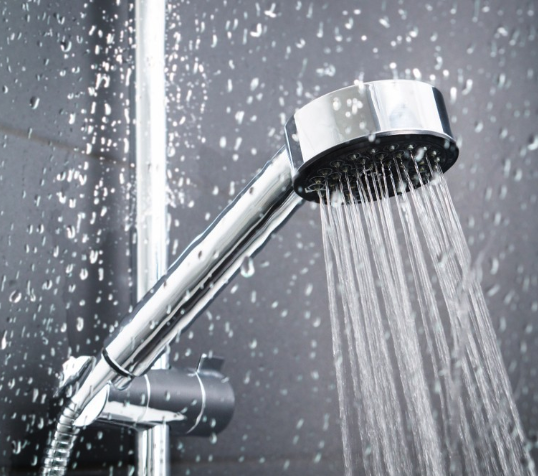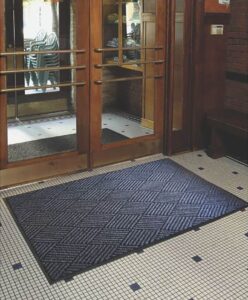Investigating Your Shower Leaks

Washrooms are regarded to be a wet area in your house, being highly exposed to water droplets and dampness. Each time you take a shower, all surfaces of your washroom have to stand up to infiltration from the resulting water and vapour.
In many cases, leaks are caused by a breakdown in the grout in your shower. While most homeowners engage a waterproofing contractor to assist, if you feel secure taking on a grouting restoration, tracing the cause of your shower seepage might save you cash. While these ideas are written for a standalone shower, some of the identical actions can be adopted with a tub/shower combo.
The very first step is removing potential sources of the leak.
Areas of Vulnerability
2 locations specifically are most susceptible to water seepage. These are the grout joints between your restroom floor tiles as well as the area where the wall and flooring meet. At these points, gaps are filled up by grout and sealed with caulk.
Gradually, the adhesive in these voids wear away because of the visibility of excess wetness. Consequently, your tile floor covering comes to be looser, making it possible for water to seep in slowly. If your floor tile loosens enough, you can raise it up to inspect the sort of damage that has taken place below. You ought to expect to see that the lower flooring has started to rot.
Emergence of mold
Where materials break down, mold and mildew inevitably starts to expand and penetrates the mortar bed where it prospers in a location where both water and organic substance are plentiful (the 2 points mold requires to expand).
Testing and restoring grout
Start by placing a drain stop in the shower drain and fill the pan up with water to the level of where the wall starts. If the water settles for 10 hours without a leak showing up underneath the shower or the ceiling underneath, it is most likely that the liner is undamaged and is securing your residence from water damage.
Do a visual assessment of the grout before and after you dampen the area. As soon as you’ve saturated one wall surface, most likely to the next one, all the while looking for leaks. Repeat the test in that area to be specific you’ve isolated the leakage when you believe you’ve found the source of your leak.
Just regrout that area if you discover grout missing. Grout is basic to mix and apply when you’ve removed any loosened material.





